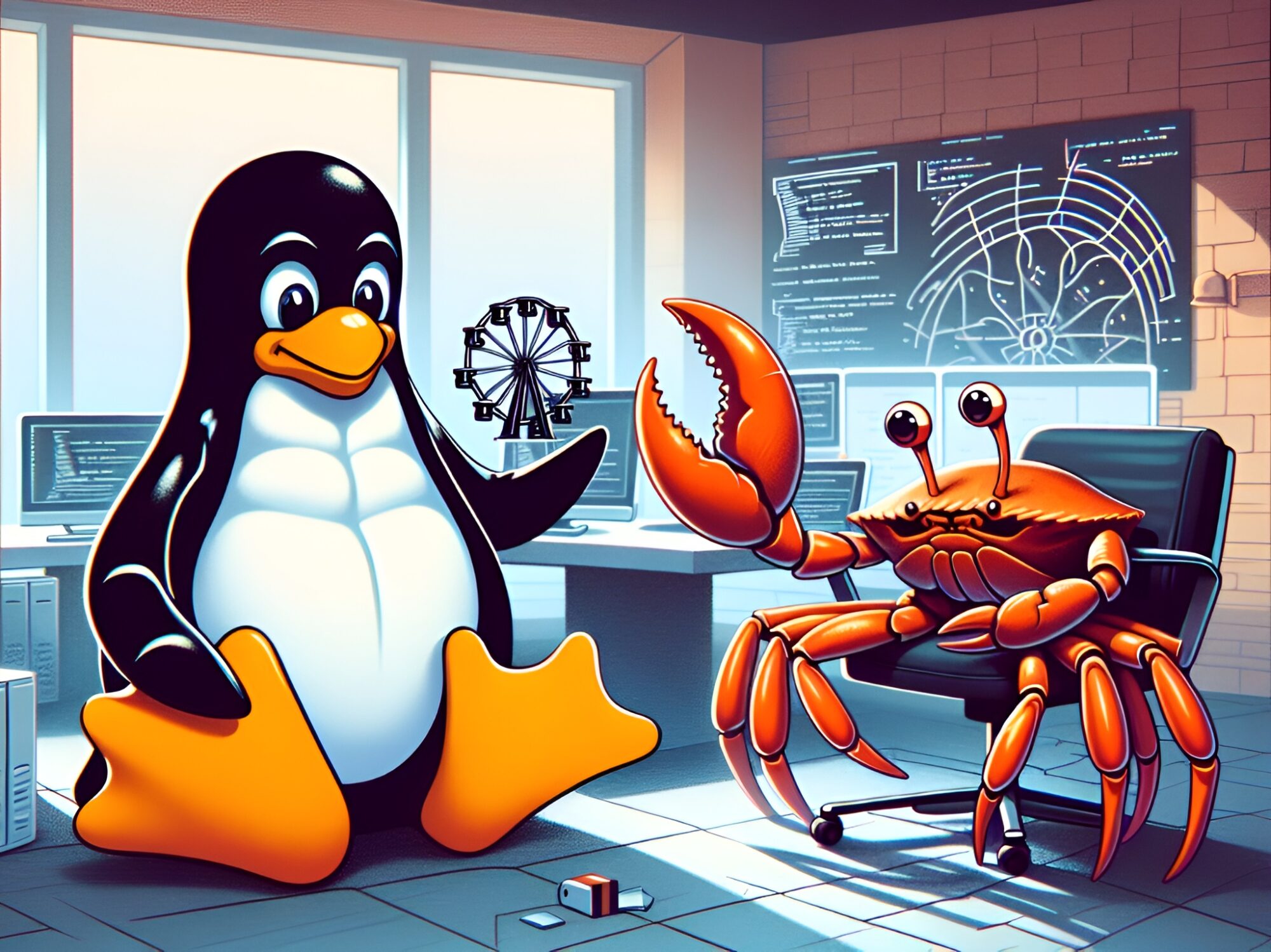The Linux kernel community is involved in a heated argument over the combination of Corrosion code, with factors clashing over safety advantages, maintainability challenges, and the prospective risks of a multi-language codebase.
The conversation, triggered by a policy paper published by Rust for Linux lead designer Miguel Ojeda, highlights expanding stress in between advocates of memory-safe Rust and protectors of the kernel’s decades-old C structures.
Ojeda published a paper outlining standards for Rust adoption. The draft stresses that subsystems might opt out of Corrosion for “transmission capacity reasons,” however Christoph Hellwig– a veteran bit developer– promptly challenged its validity.
“I don’t believe having a web page in any type serves. If you desire It to be valid it needs to remain in the bit tree and extensively settled on,” Hellwig argued, while implicating the paper of accurate inaccuracies.
Hellwig pointed out private discussions where Linus Torvalds supposedly swore to bypass maintainers’ arguments to Corrosion code– a claim Ojeda acknowledged however downplayed, stating such overrides are uncommon and not special to Rust.
Technical concerns: Bindings and maintenance
Hellwig criticised Corrosion’s kernel bindings as “absolutely nothing like colloquial Rust,” advising they might “sneak anywhere like a cancer” and fragment the codebase. He doubted the long-lasting stability of mixing C and Corrosion, fearing unlimited rewrites in between languages and stretched maintainer sources.
Jarkko Sakkinen resembled worries regarding the procedure, stressing that Corrosion patches lack clear screening guidelines.
“Right here’s one monitoring from DMA spots: there was no test payload,” commented Sakkinen. “AFAIK that alone ought to introduce an automatic and non-opinionated NAK.”
Corrosion could minimize pests in Linux while improving memory safety
Proponents, including Greg KH, countered that Corrosion gets rid of whole courses of insects tormenting C code:
“The majority of bugs (quantity, not quality/severity) we have result from the silly little edge cases in C that are totally gone in Corrosion. Points like straightforward overwrites of memory (not that Rust can capture all of these without a doubt), error course clean-ups, forgetting to examine mistake values, and use-after-free mistakes.
That’s why I’m intending to see Rust get involved in the bit, these sorts of issues simply go away, permitting designers and maintainers more time to focus on the REAL pests that take place (i.e. reasoning issues, race conditions, and so on)”
Steven Rostedt highlighted data revealing exponential susceptability reductions in jobs like Android after embracing Rust. “I do really feel that new vehicle drivers written in Rust would aid with the vulnerabilities that new chauffeurs normally include in the kernel,” he suggested.
Practical barriers and maintainer exhaustion
Programmers additionally emphasised functional obstacles to Rust adoption.
Sakkinen kept in mind configuration intricacies, lamenting that documents focuses on host-level tools instead of cross-compilation workflows for BuildRoot or Yocto. “If I obtained a Corrosion spot for review cycle, I would not have any concept what to do with it,” he stated.
Laurent Pinchart and Lyude Paul increased issues concerning maintainer fatigue, pointing out the significant job of redesigning APIs like V 4 L 2’s life time management for Rust compatibility.
Hellwig, meanwhile, bluntly alerted that maintainers might abandon the kernel over Rust’s added intricacy.
“Taking care of an unrestrained multi-language codebase is a pretty sure means to obtain me to invest my leisure on another thing,” stated Hellwig. “I have actually listened to a couple of other folks mumble something comparable, yet not every person is rather as outspoken.”
Rust for Linux: A recurring argument
Ojeda reiterated the advantages of fostering exceed temporary pains which, inevitably, “Corrosion deserves the tradeoffs for Linux.”
Kees Cook mounted the goal as “much better code high quality,” speeding up development by decreasing debugging. Nonetheless, Hellwig demanded transparency, implicating Torvalds of concealing behind “experiment” rhetoric while forcing Rust onto subsystems.
The warmed argument highlights a turning point for the bit. While Corrosion supplies engaging safety advantages, its integration depends upon resolving tooling voids, easing maintainer concerns, and fostering consensus– a difficulty as facility as the kernel itself.
See additionally: Corrosion 1 85.0 released, 2024 Version secured
Wanting to revamp your digital change approach? Find out more regarding Digital Makeover Week happening in Amsterdam, The Golden State, and London. The detailed event is co-located with IoT Tech Expo, AI & & Big Data Exposition, Cyber Safety & & Cloud Expo, and other leading occasions.
Explore other upcoming business innovation occasions and webinars powered by TechForge right here.
